Running is one of the healthiest forms of exercise, especially when done outdoors so you can breathe in fresh air and soak up the sun simultaneously.
Whether you’re just trying to shed a few pounds, strengthen your heart and lungs, or you’re training for a marathon, the shoes you wear can help or hinder your performance.
Chances are, you’re already at least somewhat familiar with the problems associated with traditional running shoes if you’re here reading this guide. They’re restrictive on the toes and have too much cushioning, which can do more harm than good. They also tend to have an elevated heel, which creates issues of its own.
This leads many to consider the idea of running barefoot instead, or at least using barefoot shoes. But is this approach really any better? We’re here to help you find out by comparing barefoot shoes vs running shoes in this guide. We’ll look at the four most important criteria:
- Running performance
- Protection from the elements
- Comfort during exercise
- Long-term foot and body health
Through this comparison, you’ll see that slip-resistant barefoot shoes have an edge in just about every aspect. But don’t just take our word for it - we encourage you to try this style out yourself and see the difference firsthand!
Hike Footwear has the premier selection of barefoot shoes for men, barefoot shoes for women, and barefoot shoes for kids alike. They’re backed by a 30-day money-back guarantee so you can try them risk-free!
The Problems With Conventional Running Shoes
Before we get into our comparison of running barefoot vs shoes, let’s take a look at the four biggest problems with traditional running shoes.
These are specifically designed to support runners and bring out their full potential. Unfortunately, most styles actually do more harm than good. Here’s why…
Restrictive Design
Traditional running shoes tend to feature a narrow toe box, inhibiting the natural toe spread during running. This not only compromises balance and stability but can also lead to long-term deformities and discomfort, such as bunions and hammertoes.
The overall snug fit of these shoes can restrict natural foot movements, limiting flexibility and muscle engagement which leads to weakened foot muscles over time. This can create a snowball effect in which your ankles, knees, and hips are put at risk as well.
Over-cushioning
While cushioning is intended to provide comfort and absorb impact, it can do more harm than good most of the time.
It prevents the runner from getting that valuable ground feedback with each stride. In turn, you may find yourself striking heavier than you should (notably striking at the heel) and developing a less efficient running form.
This heel strike is not only less natural and suboptimal from a performance standpoint, but the shock from each and every strike transmits up the legs and leads to joint stress and injuries in the ankles, knees, hips, and even back.
Elevated Heels
You’ve probably noticed that most running shoes or athletic shoes in general have an elevated heel to some degree.
Again, this is a design feature thought to support comfort and performance. In the end, though, it falls short of actually delivering benefits while leading to a cascade of issues. It can shift the runner’s center of gravity forward, which may increase the risk of posture-related injuries such as back pain and pelvic tilt.
It also increases the load on the lower leg, which can increase the risk of shin splints and Achilles tendonitis as these areas are forced to absorb more impact during running.
Cost!
The three reasons above are enough to start looking for alternatives, which creates a compelling debate between barefoot running vs shoes. But the worst part is you may end up paying anywhere from $150 to $300 for “high-quality” running shoes!
Running shoes are designed to be replaced frequently due to wear and cushion degradation, which means this cost can really start to add up over the course of time. You might find yourself upgrading your shoes every season depending on how many miles you put on them.
Is Barefoot Better Than Running Shoes?
It’s clear that traditional running shoes fall short of protecting your feet for the long haul, while also putting other aspects of your health at risk. But is barefoot actually better? We’ll look at the differences in running barefoot vs shoes below.
Benefits of Barefoot Running
Barefoot running significantly increases sensory feedback from the feet to the brain, which helps improve proprioception - which is the body's ability to sense its position in space.
This helps runners develop a more natural gait with a forefoot or midfoot strike rather than the heel strike commonly seen with cushioned running shoes. This shift can reduce the impact on the joints and lower the risk of the dreaded runners’ knee and other common injuries.
Running barefoot also engages and strengthens the muscles in the feet and lower legs more effectively than in traditional running shoes. This can lead to better overall foot health and endurance while lowering your risk of other injuries.
There’s also the concept of efficiency to consider. With no extra weight on your feet holding you back, you’re not expending as much energy in every stride.
This may be a bit of a reach given how lightweight running shoes are these days, though. That being said, every ounce counts when you’re running mile after mile!
Risks and Drawbacks to Consider
Despite the benefits of running barefoot, you need to be aware of the risks as well. While you’ll decrease the risk of overuse injuries by kicking off your shoes, you’ll also find yourself developing cuts, bruises, and puncture wounds from sharp objects like rocks and glass.
Now, these issues can be offset by running in more controlled settings like a track or treadmill - but the fact of the matter is that surface hazards are not entirely avoidable.
There’s also a risk of developing injuries from transitioning to barefoot running too quickly without giving your body time to adapt to this style. Common issues include calf strain, Achilles tendinitis, and metatarsal stress fractures.
Barefoot runners are more susceptible to environmental conditions. Cold, hot, or rough terrains can impact the comfort and feasibility of running without shoes, potentially leading to frostbite or burns on extremely cold or hot surfaces.
Could Barefoot-Style Shoes Be the Middle Ground You’re Searching For?
So where does all this leave you? Running barefoot has its challenges, but running shoes are clearly not the answer…what if there was a middle ground? That’s where the concept of barefoot shoes comes into play.
Wait, what are barefoot shoes? Sometimes referred to as minimalist footwear, these are designed to mimic the experience of running barefoot while providing some degree of protection and comfort that traditional running shoes offer.
They have thin, flexible soles that are just strong enough to shield your feet from sharp objects and rough surfaces without getting in the way of your foot’s natural movement and flexibility.
Unlike conventional running shoes, they do not have elevated heels. Instead, they feature a low-to-zero drop from heel to toe. This design helps maintain the body’s natural alignment, promoting a more natural running form as if you were running barefoot.
Perhaps most importantly, these types of shoes have a wide toe box which allows the toes to spread naturally with each step, gripping the ground. This enhances stability and balance while more efficiently transferring power during running, reducing the risk of compression-related injuries associated with the narrower toe boxes of standard running shoes.
Moreover, the lightweight nature of barefoot-style shoes reduces the load on the feet, ankles, and legs during running, which can lead to increased running efficiency and reduced fatigue.
The benefits of barefoot shoes are well-documented, which is why you’re seeing more and more barefoot hiking shoes and running shoes. There are even barefoot lifting shoes!
It all sounds great in theory, but in comparing barefoot shoes vs running shoes side by side, which is better? Let’s find out below to help you make the most of each and every run.
Barefoot Shoes vs Running Shoes: Key Differences to Consider
Just as with our comparison of barefoot shoes vs regular shoes, we want to look at where each has an edge in comparing barefoot shoes vs running shoes below - performance, protection, comfort, and long-term health.
Performance
The actual performance side of things really only matters if you’re planning to compete as a distance runner or sprinter. Still, it’s worth considering which shoe brings out the best in you.
Traditional running shoes are designed with maximum support and cushioning. The thicker soles absorb impact, which can be beneficial on harder surfaces or for longer distances. This can lead to improved performance, especially for runners who are prone to injury or need more structured arch support.
On the other hand, barefoot shoes offer better natural running performance. They mimic the natural movement of running barefoot with minimal cushioning and zero drop from heel to toe, encouraging the optimal running gait.
The lack of structure will definitely feel foreign at first, but it will strengthen the muscles in the feet and lower legs, potentially enhancing balance and agility in the long run. Runners often report a greater sense of connection with the ground, leading to improved proprioceptive feedback and refined technique.
Protection
While offering a layer of protection against sharp objects and rough surfaces, barefoot shoes are intentionally thin to preserve ground feel. This can be a drawback for runners who frequent rocky or hazardous terrains where more robust protection is necessary.
That being said, a high-quality pair of barefoot shoes from a trusted brand can offset these concerns. You’ll just have to do your due diligence to get the best barefoot shoes for kids or adults, like those here at Hike Footwear.
Running shoes, in contrast, have much thicker and more robust soles which implies better protection from environmental hazards. This makes them a preferred choice for diverse running conditions as a safeguard against potential injuries.
Comfort
The comfort of barefoot shoes comes from their flexibility and the freedom they allow for toe movement. You won’t feel as if your toes are being crammed together.
It is worth noting, though, that the initial transition can be uncomfortable for some, as the feet need to adjust to less cushioning and support. The good news is that this transition is temporary and you’ll be better off for it in the long run.
Meanwhile, traditional running shoes are considered more comfortable by most recreational runners due to their cushioned insoles and structured fit. They are designed to provide a plush, supportive fit which can reduce perceived exertion and enhance the comfort over long distances.
However, this comfort comes at a cost, as we’ll discuss below…
Long-Term Health
While they provide immediate support and comfort, traditional running shoes may contribute to dependency on artificial support, potentially leading to weaker foot muscles and a higher risk of injuries when not wearing them.
As we discussed earlier, the long-term health issues associated with conventional running shoes aren’t limited to your feet either. The unnatural gait they create can lead to a spiral of issues in your lower legs, knees, hips, and even back.
This is where barefoot shoes have the obvious edge. They prioritize long-term foot health by strengthening foot muscles and supporting natural mechanics. You’ll be better suited avoiding the risk of chronic injuries associated with poor running form.
So, Which is Better: Barefoot Shoes vs Running Shoes?
Really, the decision between barefoot vs running shoes comes down to your goals. Are you simply trying to get some exercise and keep yourself healthy doing it? You’ll find that barefoot shoes are exactly what you need.
On the other hand, those who are trying to push the limits of their performance and compete in marathons or other running events might be better off competing in running shoes. You’ll just have to be aware that you’re compromising on your long-term health and wellness. This is why many of the best runners in the world still train barefoot.
Try Running in Barefoot Shoes and See How Big a Difference They Can Make!
You know what they say, don’t knock it till you try it - and that applies perfectly to the concept of running in barefoot shoes.
If you haven’t already, we encourage you to take a chance on this revolutionary style and see firsthand how it can elevate your performance and comfort. There’s no better place to take the first step than right here at Hike Footwear.
Get Your Barefoot Running Shoes at Hike Footwear
Hike Footwear was designed alongside orthopedists and podiatry specialists to make sure foot health was at the forefront of our design. Since the initial launch, we’ve earned the trust of 1,450,000 happy customers and counting.
It’s all thanks to a few key features aimed at improving your comfort, performance, and long-term wellbeing. This includes:
- A wide toe box allows your toes to splay naturally, enhancing balance and providing a stable base for all types of runs.
- Zero heel-to-toe drop for a more natural mid-foot strike rather than a debilitating heel strike.
- High-quality, breathable materials to keep your feet stay cool and comfortable, whether you’re sprinting on a track or tackling a rugged trail.
- A flexible design that adapts to your unique foot shape, promoting a healthier, more natural gait cycle.
You can even find barefoot casual shoes for running errands, barefoot winter shoes, barefoot shoes for work, barefoot boots, and more. Browse a wide variety of styles and see which catches your eye.
All our shoes are affordable compared to conventional running shoes as well, and they’re backed by our 30-day satisfaction guarantee. You’ve got nothing to lose!
Tips for Adjusting and Making the Most of Our Footwear
Like we mentioned earlier, there will be a bit of an adjustment period as your body learns to engage muscles that conventional shoes typically restrict.
Start by wearing your Hike Footwear barefoot shoes for short walks or runs, gradually increasing the duration as your feet adapt. Pay attention to your body’s feedback and adjust your pace and mileage accordingly.
Incorporate foot strengthening exercises into your routine to enhance the benefits and accelerate your transition. With patience and persistence, you'll unlock a new level of endurance and agility in your running - so embrace the barefoot lifestyle today!
Bringing Our Comparison of Running Barefoot vs Shoes to a Close
As you can see, there’s a lot that goes into choosing between barefoot shoes vs running shoes. It all comes down to your personal preference, specific running conditions, and individual health needs.
There’s no denying the problems with conventional running shoes, from their excessive cushioning that weakens your feet to the cramped toe box that leads to deformities. However, they do put a spring in your step that helps you push the limits of performance.
On the other hand, barefoot running shoes adopt a “less is more” design philosophy, sacrificing just a bit of performance in favor of daily comfort and long-term health. They offer enhanced proprioception, natural gait improvements, and strengthened foot muscles.
Whether you prefer low or high top barefoot shoes, we’ve got the perfect style waiting to be discovered. These are great shoes for neuropathy, shoes for bunions, plantar fasciitis shoes, and even shoes for arthritis.
But don’t just take our word for it - feel the difference firsthand. Explore our collection today and find a pair to support your journey toward optimal foot health and superior running performance.
![[HIKE Orthopedic Soles - Black]](http://hike-footwear.nl/cdn/shop/files/1_2e178206-1e1d-4da7-a519-e25a543f86d7_{width}x{height}.png?v=1755498413)

































































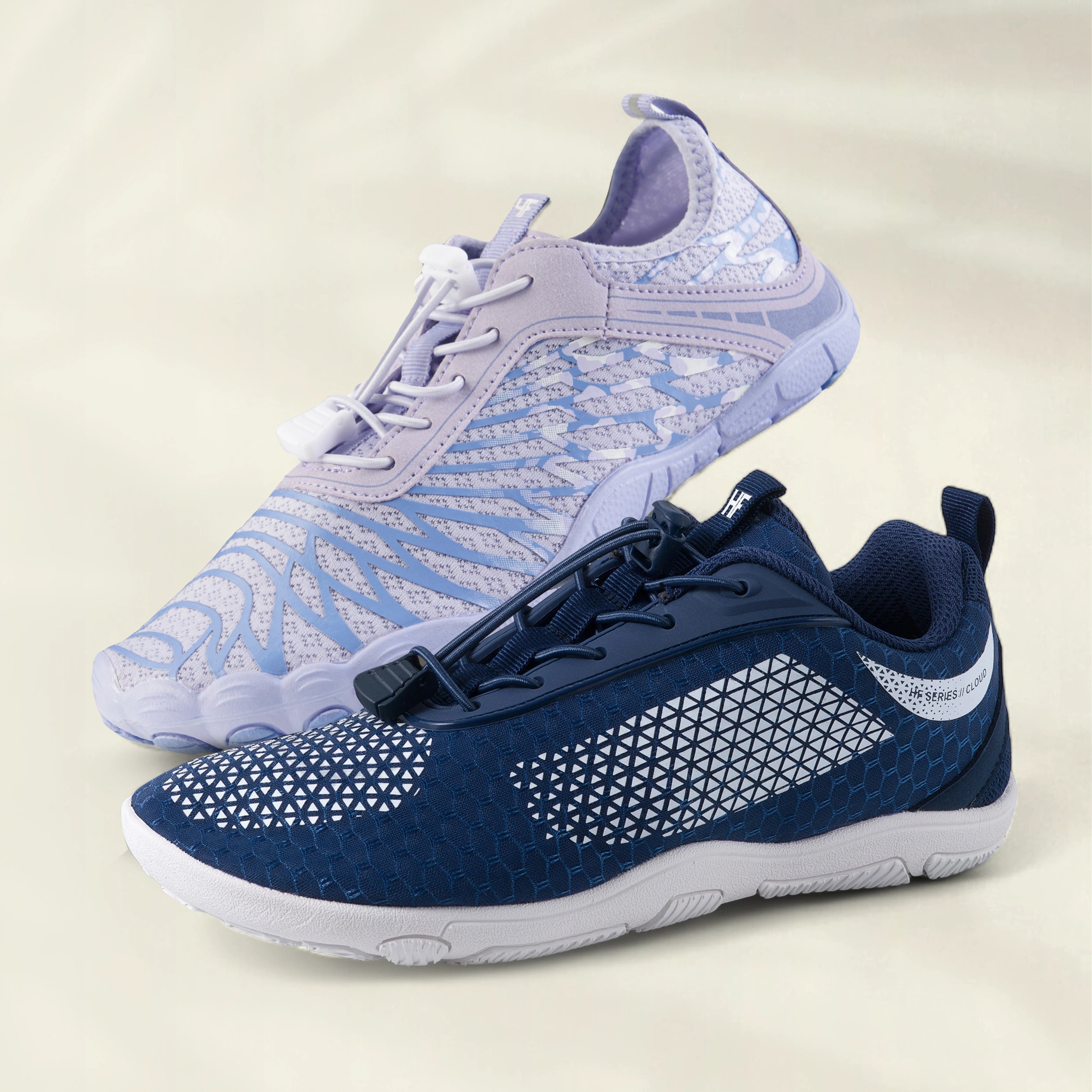
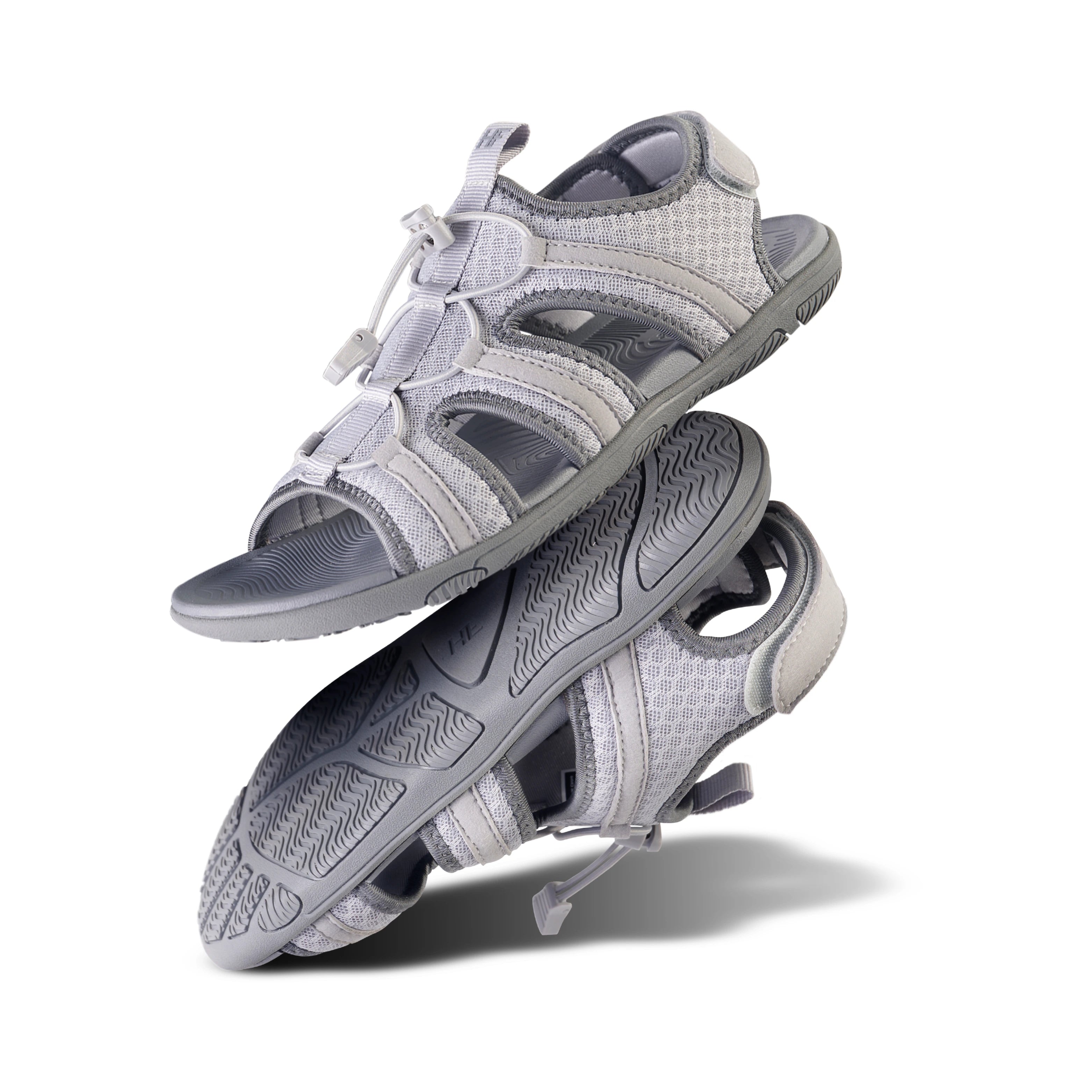
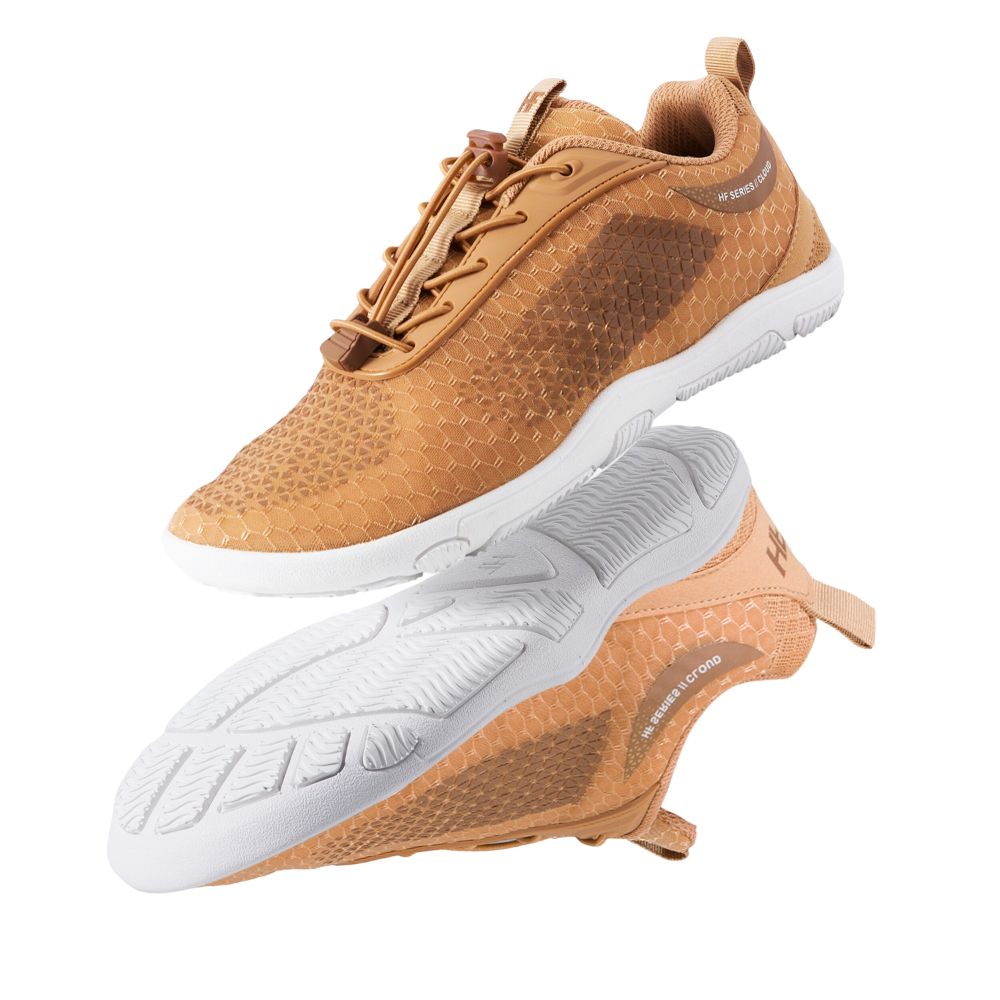
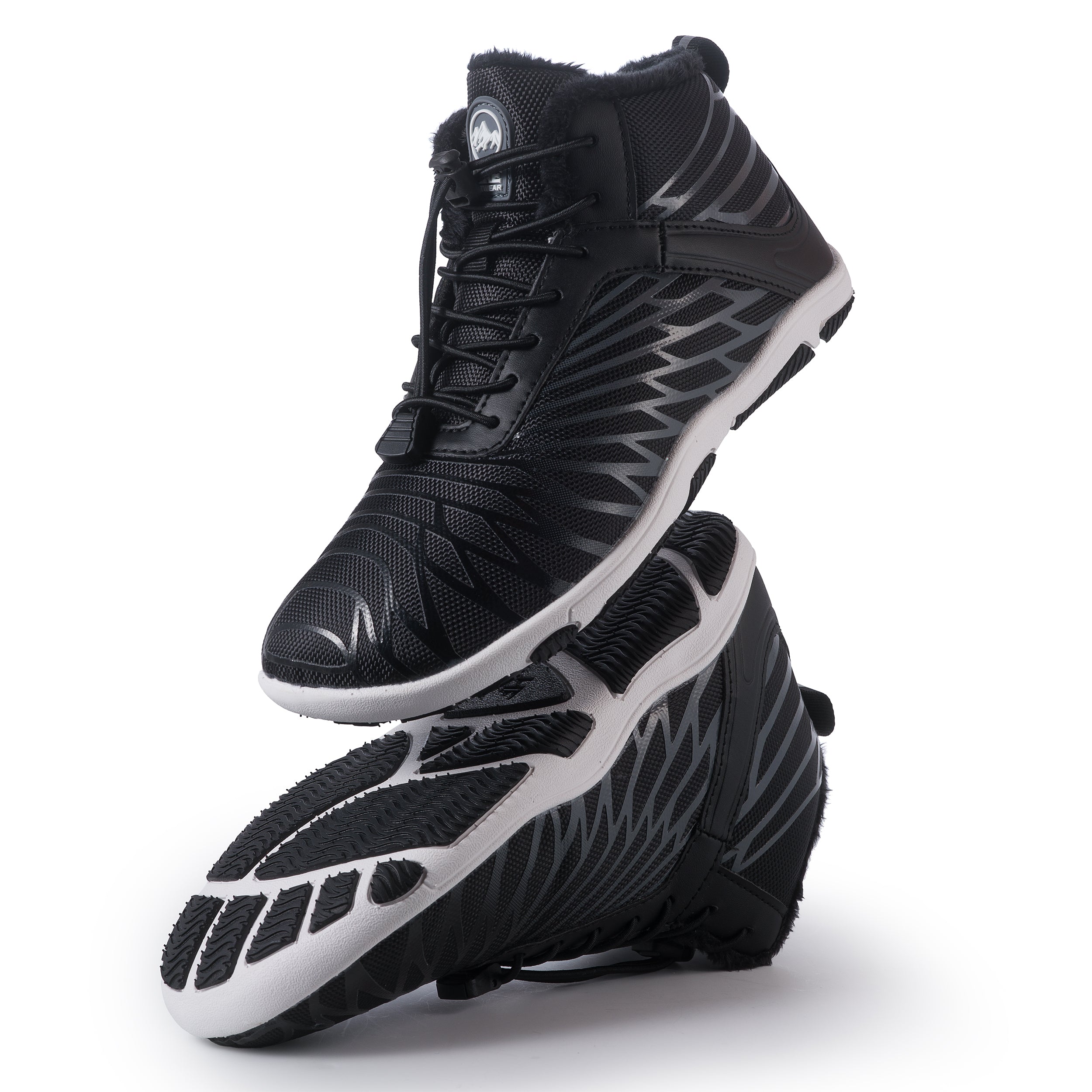
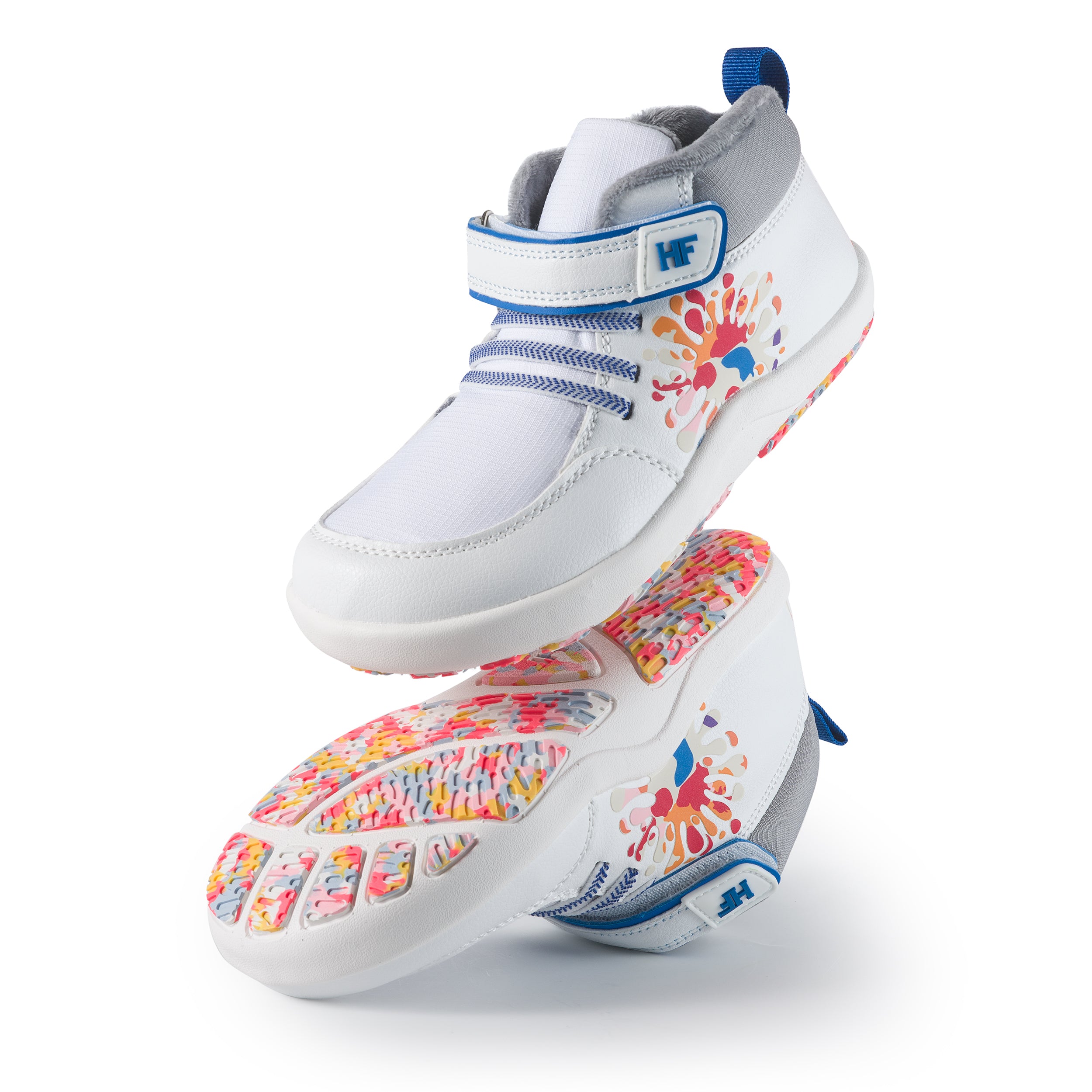
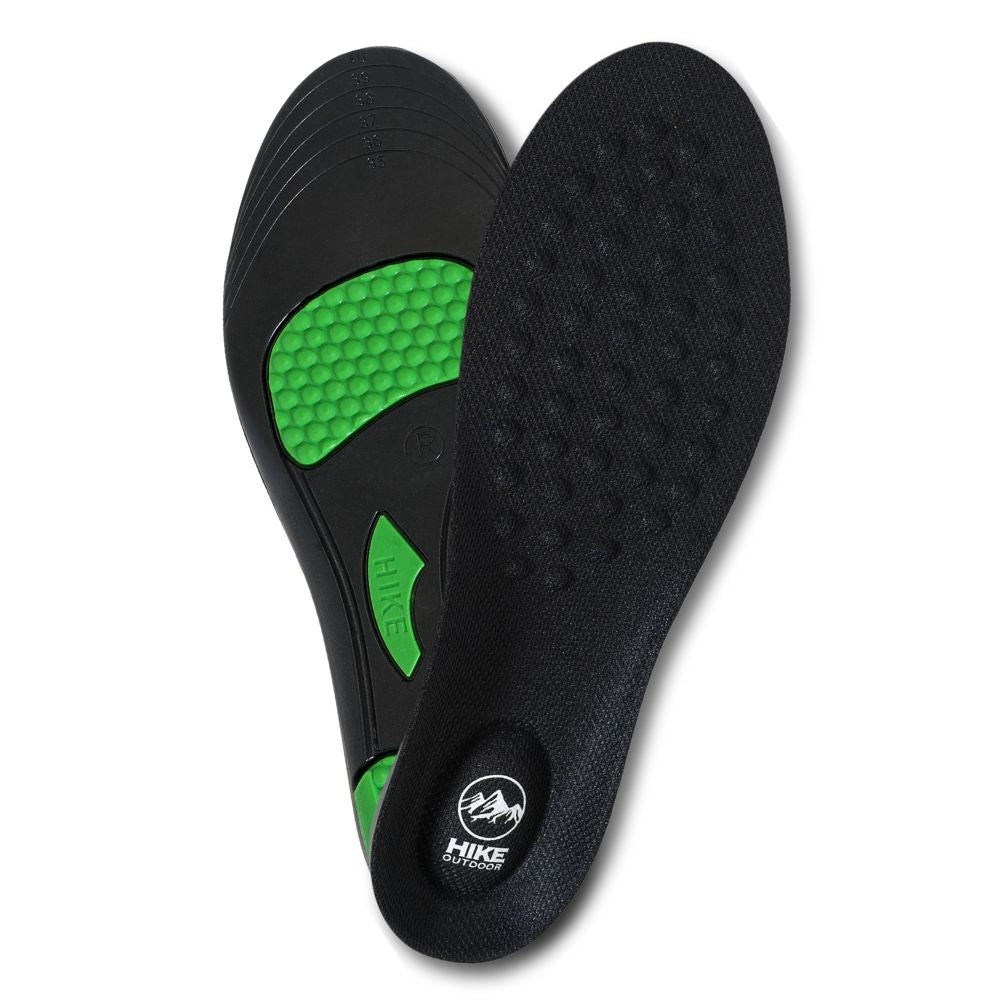
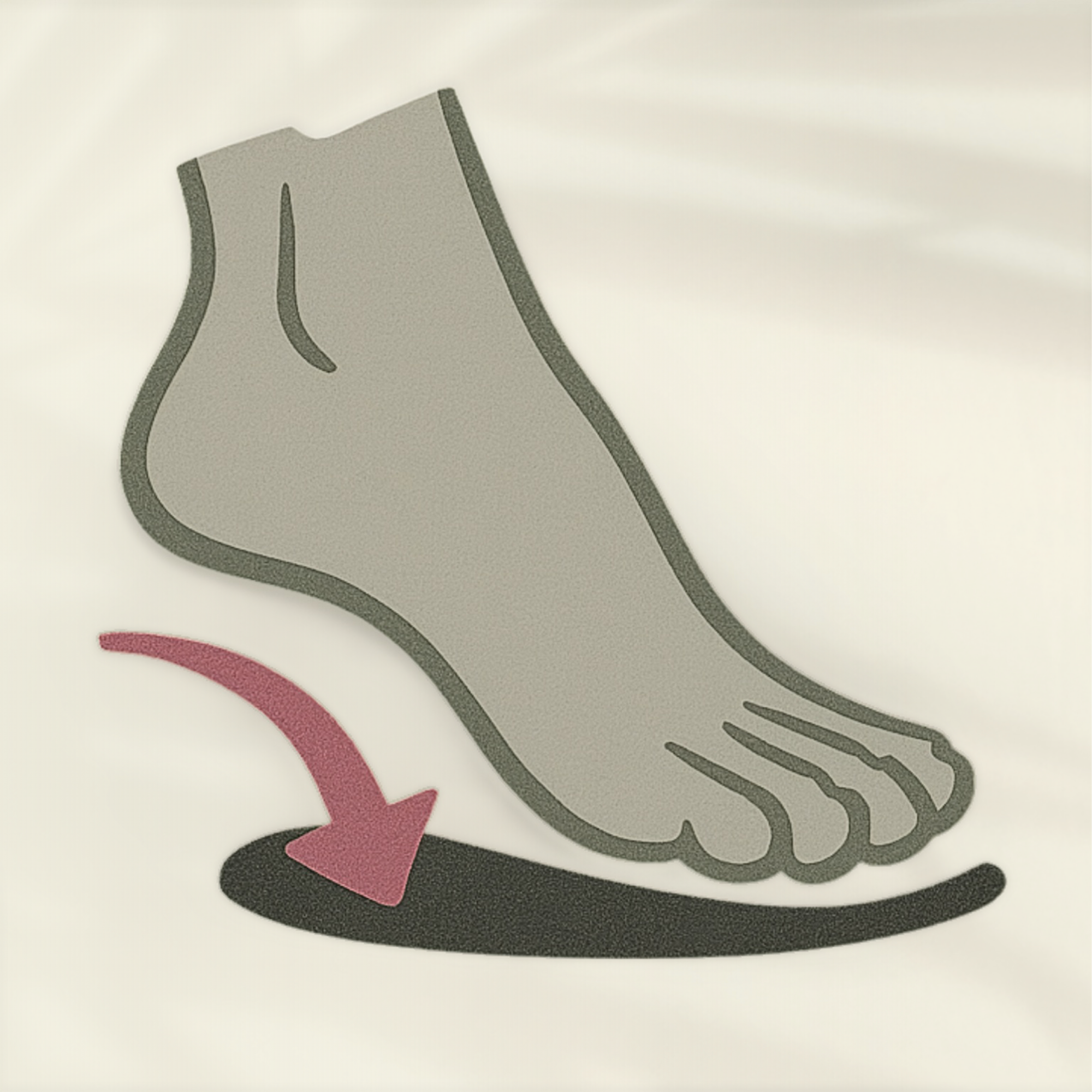


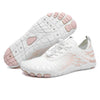
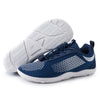
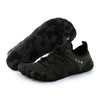
![[NIEUW] HF Shade – Barefoot schoenen voor de hele dag comfort en verlichting van voetpijn (Unisex)](http://hike-footwear.nl/cdn/shop/files/HF_Shade_Blue_100x.webp?v=1759134417)

![[Lorax Pro - White / Pink]](http://hike-footwear.nl/cdn/shop/files/Lorax-Pro-White-Google_{width}x{height}.webp?v=1763018793)
![[HF Stride - Beige]](http://hike-footwear.nl/cdn/shop/files/Brown_c47b827d-957d-4bab-9646-bf1c66f5f5a8_{width}x{height}.webp?v=1762197951)
![[HF Cloud - Blue]](http://hike-footwear.nl/cdn/shop/files/HF_Cloud_4c927657-c3a5-4cec-900e-25d909ec2b4b_{width}x{height}.webp?v=1762197937)
![[HF Shade - Sea Blue]](http://hike-footwear.nl/cdn/shop/files/HF_Shade_Blue_{width}x{height}.webp?v=1759134417)